
CLP 2025 regulation – new labelling rules for hazardous substances
From 2025, any company selling hazardous substances or mixtures will need to comply with new requirements. The latest update to the CLP 2025 regulation (Classification, Labelling and Packaging) introduces significant changes to chemical substance labelling and product labels. Key updates include new rules on minimum font size, the use of fold-out labels, and the inclusion of specific information in advertising and online sales.
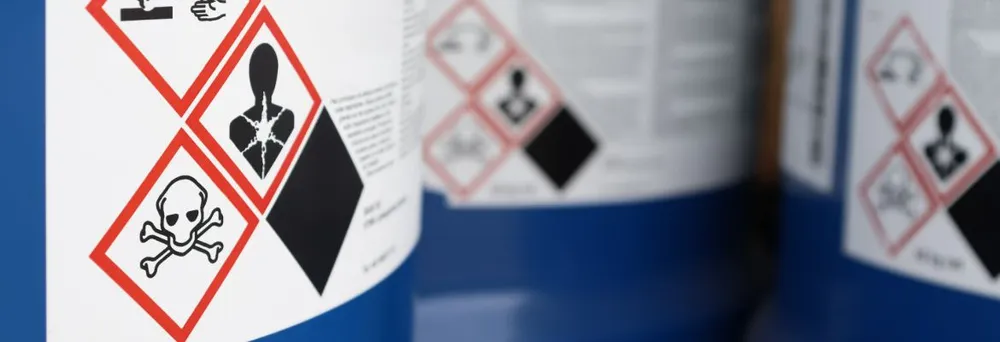
What does the CLP 2025 regulation cover?
The CLP 2025 regulation, published under reference (EU) 2024/2865 on 20 November 2024 in the Official Journal of the European Union, introduces key amendments to Regulation (EC) n° 1272/2008. This regulation governs the classification, labelling, and packaging of chemical substances and hazardous mixtures - CLP standing for the Classification, Labelling and Packaging. The new version of the regulation came into force on 10 December 2024 and marks the second phase of the ongoing CLP revision. A previous update in 2023 had already introduced four new hazard classes for chemical products.
Which substances are affected by the CLP 2025 regulation?
The new hazard classes introduced in 2023 are now fully integrated into the CLP 2025 regulation. These include endocrine disruptors, which pose risks to human health and the environment, as well as persistent, bioaccumulative, mobile, and toxic substances (PMT and vPvM). The CLP 2025 regulation also revises the assessment criteria for MOCS (substances composed of several components). These substances will now be classified based on the composition of their components, similar to chemical mixtures. Additionally, except for plant-based MOCS, their environmental impact needs to be assessed.
A major change involves the reclassification of hazardous substances. If a substance is reclassified, manufacturers and distributors will have six months to update chemical product labels and all mandatory safety labels in accordance with the new CLP labelling rules. Furthermore, any modification to a product’s trade name or CLP labelling must be reported to poison control centres, improving the safety and traceability of hazardous substances on the market. These new requirements directly impact the design of regulatory labels for chemical products, requiring adjustments to the information displayed on safety data sheets (SDS) and chemical packaging.
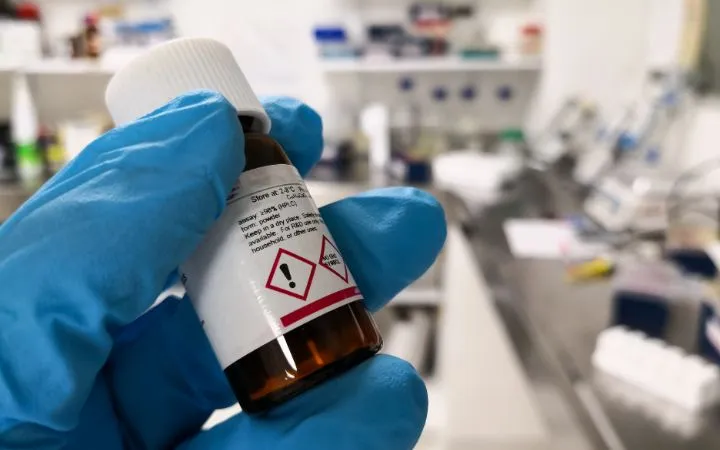
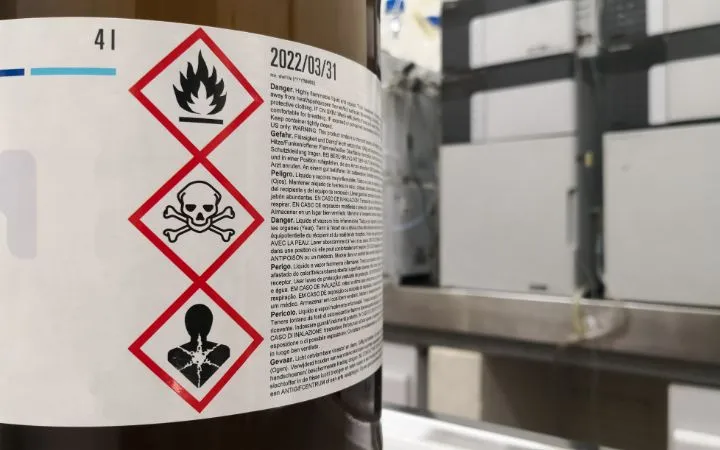
When will the CLP 2025 regulation come into effect?
The implementation of the new CLP 2025 labelling rules will follow a phased compliance schedule. From May 2025, all newly marketed substances must feature chemical product labelling that complies with the CLP 2025 regulation. Substances already on the market before this date may continue to be sold until 1 November 2026, but they must be reclassified and relabelled after this deadline to meet the new requirements.
For chemical mixtures, the transition periods are similar. Mixtures placed on the market after 1 May 2026 must adhere to the new CLP labelling standards. Those already in circulation will have an extended deadline until 1 May 2028, after which they too must be updated.
Additionally, 1 May 2026 is the deadline for adopting digital CLP labels, which will complement physical labels on chemical substances. This date also applies to new labelling regulations for refilling stations and advertising for hazardous products.
You can find all the information on GHS hazard pictograms, signal words, and safety statements in our article on GHS hazard symbols: Which symbol indicates hazardous substances?
What will CLP labels look like now?
The CLP 2025 regulation introduces new standards to improve the readability of chemical substance labels. To ensure clear identification of hazardous products, the regulation sets specific requirements for font size, contrast, and text spacing. While the dimensions of chemical product labels and CLP hazard pictograms remain unchanged, certain requirements are now mandatory. Text must be printed in black on a white background, using a sans-serif font that is easy to read and consistent throughout the label. The spacing between lines must be at least 120% of the font size to ensure all safety information is readable. Although there are no strict rules on letter spacing, characters must be sufficiently distinct to allow for quick and efficient reading.
Minimum font size under the CLP 2025 regulation
The CLP 2025 regulation establishes a mandatory minimum font size for chemical product labels to ensure readability. This size is determined by the height of the letter “x” in the chosen font. This approach was adopted because point sizes vary between typefaces, making it impractical to apply a single standardised value.
The minimum font size for hazardous substance labels depends on the container’s volume:
- 1.4x for packaging up to 3 litres
- 1.8x for packaging between 3 and 50 litres
- 2x for containers over 50 litres

Exceptions apply to inner packaging containing less than 10 ml. In such cases, the font size may be smaller than the specified minimums, provided the outer label fully complies with the CLP 2025 regulation and the information remains legible to a person with average visual acuity.
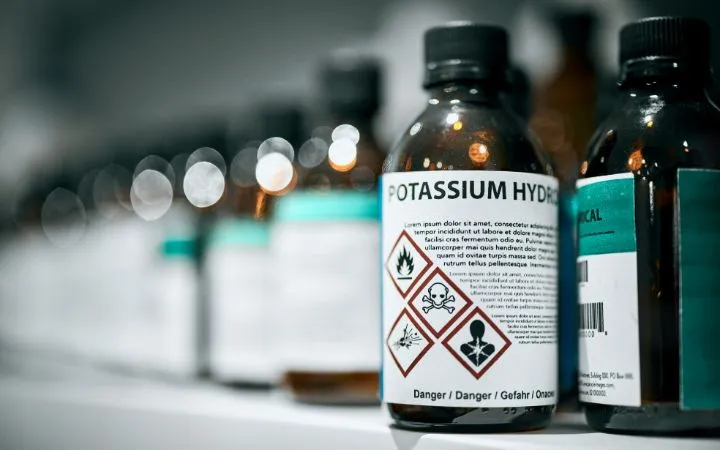
Fold-Out labels are now widely permitted
The CLP 2025 regulation promotes the use of fold-out labels, which meet the new requirements for information display and readability for hazardous chemical products. These labels allow extensive information to be presented in multiple languages, in line with the regulation’s stricter obligations.
The design of CLP booklet labels is strictly regulated. The front cover must include:
- The supplier’s name, address, and telephone number
- The nominal quantity of the substance or mixture
- Hazard pictograms
Signal words
The UFI code - Additionally, a clear notice must indicate that the label can be opened to access full safety information inside. This message must be printed in all the languages used on the label or represented by a universal symbol.
Inside the fold-out label, all classification and safety information must be provided, except for hazard pictograms and supplier details. Each language must be clearly identified by a language or country code and organised separately, with one language per page if necessary.
The back of the label, which is affixed to the packaging, must repeat the information from the front cover. The only elements that may be omitted from this section are the opening notice and language codes.
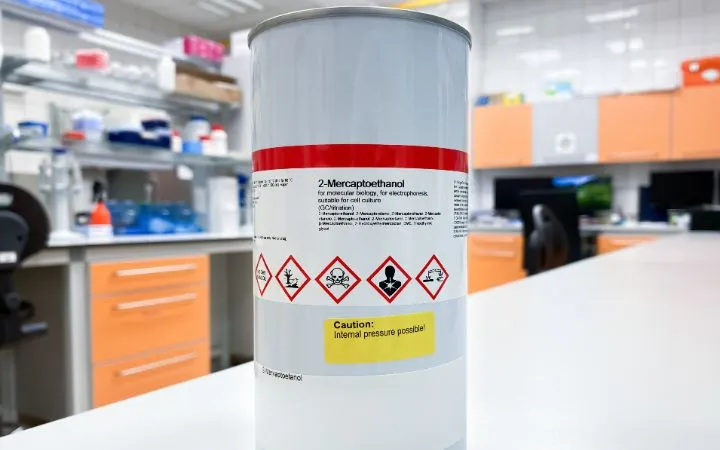

Product Advisor for Labels
Whether it’s a simple roll label or a multi-layered specialty label – I’m your go-to person for questions concerning materials, adhesion, and finishing of labels for the pharmaceutical, cosmetic, food, chemical, and almost any other industry.
"Paper or film? We've got the perfect label!"
I will be happy to help you personally.
CLP 2025 regulations for online sales and advertising
With the rise of e-commerce, the CLP 2025 regulation strengthens requirements for the digital display of chemical product labels and the online labelling of hazardous substances. Unlike previous versions, online retailers are now required to provide complete identification for hazardous chemical products, including all mandatory CLP labelling elements as specified in Article 17 of the regulation. As online chemical sales are heavily influenced by advertising and international trade, the CLP 2025 regulation introduces new obligations for businesses selling hazardous products online. The aim is to enhance transparency for consumers and ensure strict compliance with safety information across all sales platforms.
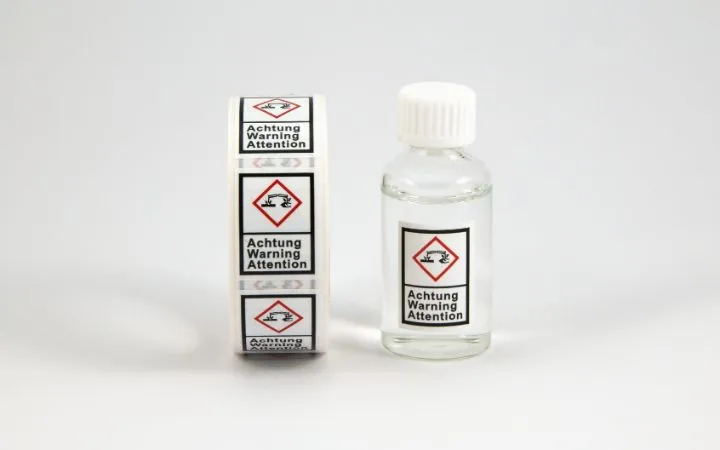
Digital labels complement physical labels
In accordance with the CLP regulation 2025, digital labels are introduced as a complement to physical labels for hazardous substances, but they cannot replace them under any circumstances. These digital labels enable the provision of safety information in multiple languages, facilitating access to regulatory data for both consumers and professionals. However, as stipulated in Article 17 of the CLP Regulation, all essential information regarding classification and labelling must always be included on the physical chemical product label.
The CLP regulation 2025 strictly governs the availability and accessibility of digital labels. Suppliers are required to provide these labels free of charge and upon request. Access to information cannot be conditioned on registration or the downloading of an application. Additionally, these digital safety labels must be compatible with all browsers and operating systems and must not allow the collection or analysis of user data in any way.
CLP digital labels must remain accessible for at least 10 years after their publication. If a country within the European Union mandates a longer retention period, access to the digital labels of chemical substances must be maintained accordingly. Furthermore, these labels should be easily consultable within two clicks and should be accessible to vulnerable individuals, thus ensuring optimal readability and accessibility. All mandatory CLP labelling elements must be displayed in a single, distinct location, separate from any additional information.
Labelling obligations for hazardous substances in advertising
The CLP regulation 2025 introduces new strict rules for the advertising of hazardous substances and mixtures. From now on, any commercial communication relating to a hazardous chemical product must include the mandatory hazard indications, including the CLP warning words, hazard pictograms, and applicable H and EUH phrases. If the advertisement facilitates the direct purchase of the product, it must also contain a warning encouraging consumers to consult the CLP chemical product label and to adhere to safety instructions.
Another significant change in the CLP regulation 2025 is the strict prohibition of misleading terms in advertising. It is now illegal to use expressions such as "harmless" or "environmentally friendly" to promote a hazardous chemical product. Previously, this prohibition only applied to packaging and labels for the classification of chemical substances; it now extends to all forms of CLP advertising. However, certain exceptions are made. Non-visual advertisements, such as radio spots, are not subject to the requirements for displaying CLP hazard pictograms and H and EUH phrases.
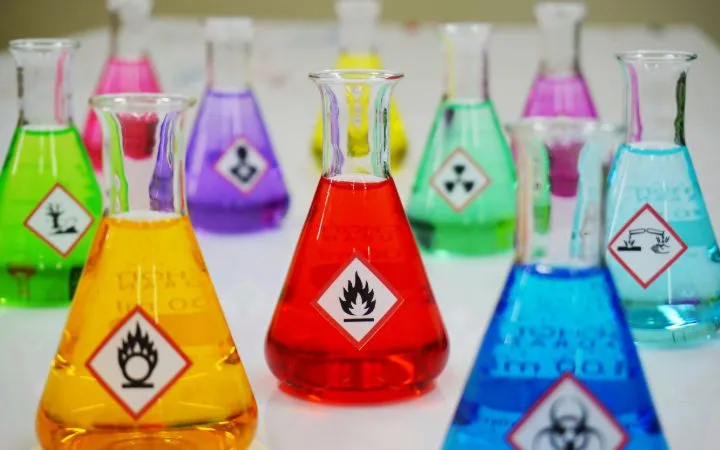
Concluding remarks: key changes in the CLP regulation 2025
The CLP regulation 2025 modernises and adapts the labelling rules for hazardous substances in line with technological advancements and the demands of international trade. Among the key changes, the obligations regarding risk labelling in online sales and advertising have been significantly strengthened, ensuring greater transparency for consumers.
To enhance the readability of chemical product labels, the regulation now imposes specific criteria for minimum font sizes and typographic specifications. Additionally, the design of fold-out CLP labels and the integration of digital labels are now subject to strict regulations, ensuring easier access to safety information for chemical substances.
Companies in the chemicals sector have a transition period to comply with these new requirements. According to the provisions, compliance deadlines vary from six months to several years, depending on the type of substance or mixture involved.




